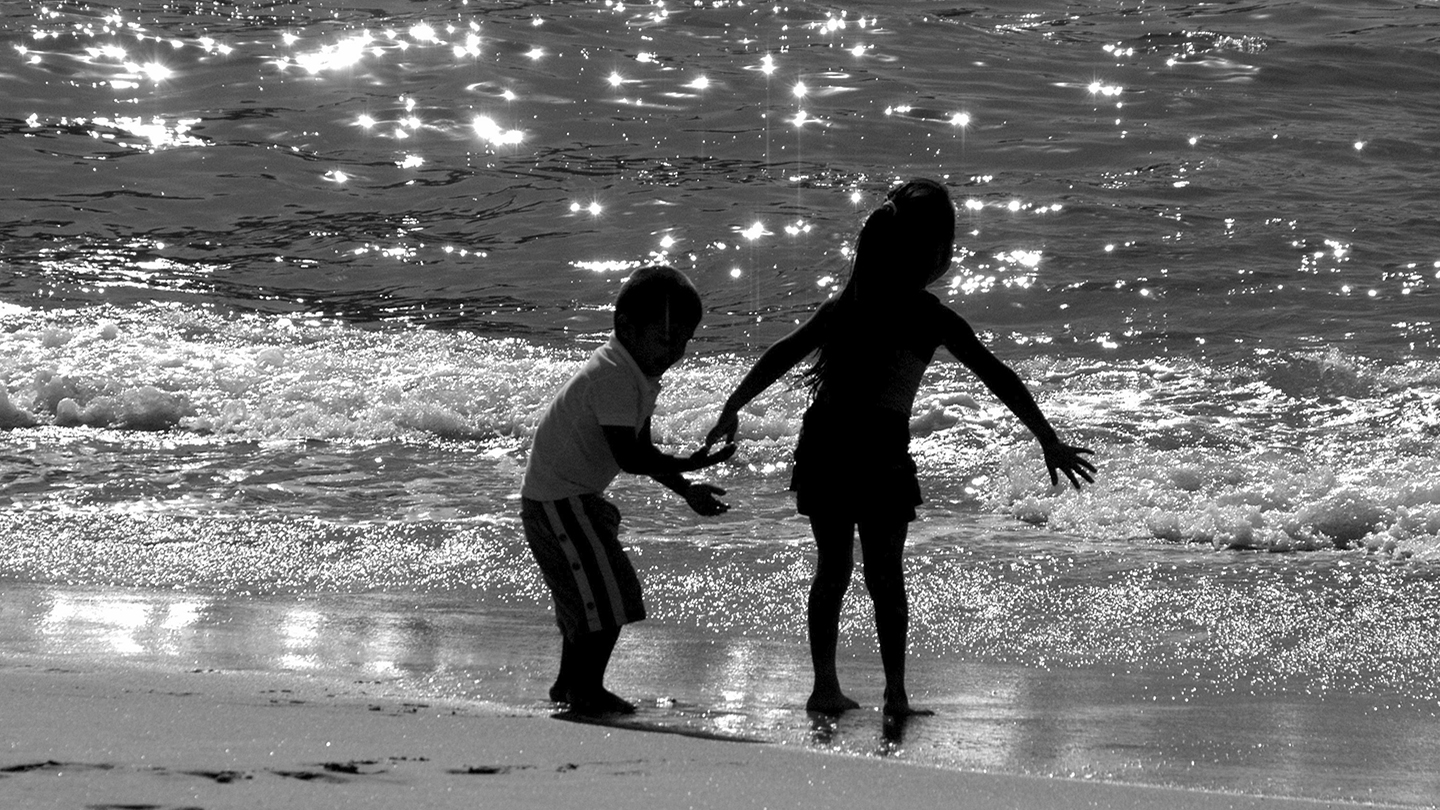These Macro photography tips will help you to make small objects appear larger than life size. Close-up photography, gives us a new way of looking at the world around us. Understanding the basic concepts of macro photography can result in better pictures when applied to general photography.
Tip #1– Lens and Settings
In regular digital photography, there is a dedicated setting on the camera for macro mode. Check your camera for an icon of a small flower that should be located on the select dial. This is the setting you want to use.
If you are using a DSLR camera, you can purchase a dedicated macro lens for your camera body, or use a special adapter to turn a standard lens into a macro lens.
If you are using a SLR film camera, a normal lens is not suited for close-up photography. Just as when using a DSLR, you will need to purchase a dedicated macro lens for your camera body, or a special adapter for you lens.
Tip #2–Lighting Becomes An Important Factor When You Are Moving In Close
As you move in closer to your subject, most likely, you will block out some of the light from the scene. There are three ways of increasing the light that hits the digital sensor or film. One is to adjust the exposure settings on your camera, the aperture or shutter speed. Another is to increase the output of lighting, by way of flash, and another is to move the light source closer to the subject, if possible. When shooting close-ups, the best light source to use, when possible, is natural daylight and maybe even using something reflective to bounce some of the light onto your subject.
Macro Photography Tips #3–Staying Focused
When shooting close ups using a DSLR, or SLR, it is best to set your camera to the (M) manual setting. This way you will have full control of the aperture and shutter speed. You can focus in and out as you wish. Depth of field is greatly affected by the magnification of the lens. You may have problems keeping large parts of the image in sharp focus, because you are working so close. You may not be able to render the subject sharp overall. But try to keep the parts of the images sharp that will be important to the viewer. You want to make sure that the viewer is not left wonder what is portrayed in the picture. No matter how close the focus, the image should not become so abstract that the viewer is not able to recognize what they are looking at.
Keep in mind that high magnifications create a risk of vibration affecting the image. This is particularly true if using a continuous light source or with multiple flash. Just the least amount of shake can produce loss of sharpness. For example, people closing doors shut, or passing traffic. Even vibrations from the shutter speed triggering may cause a loss of sharpness. So make sure you have your camera well mounted and a tripod and some type of shutter release for best results.
Macro photography tips #4–Setting Up Objects for The Shoot
When working with these macro photography tips for the first few times, find a designated area where you will not be disturbed. Set up the shots inside if possible. Set up near a window or bring in other additional light sources. You may need small tools to manipulate small objects while setting up the best composition. Having handy tools such as small brushes, needle, tweezers and probes may help you to keep the object in tack as well as keep your entire frame visually pleasing. So get busy finding a few little subjects and see how differently things can look up-close.
Return From Macro Photography Tips to Photography Tips and Resources


